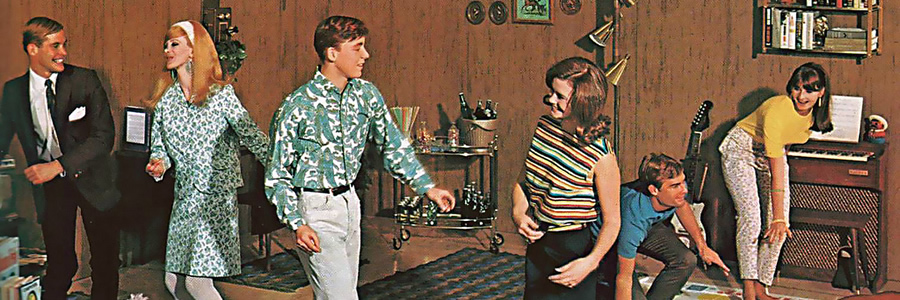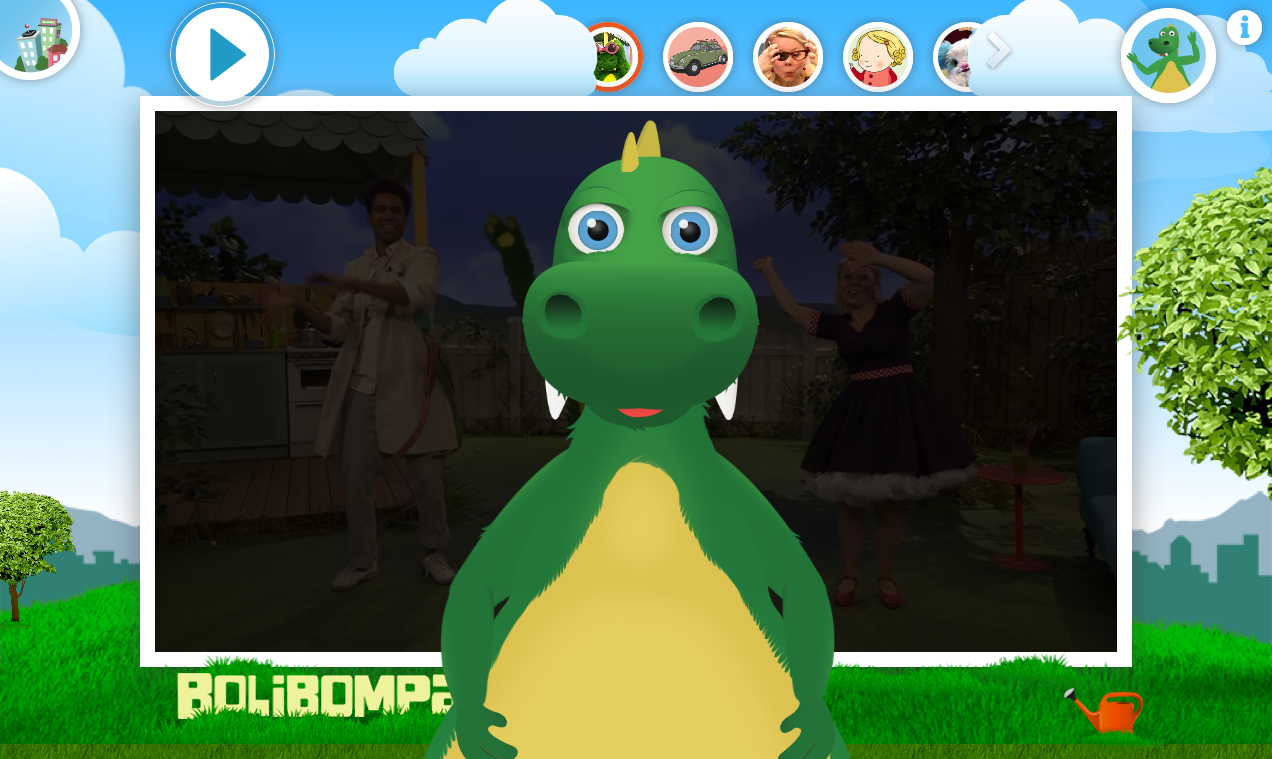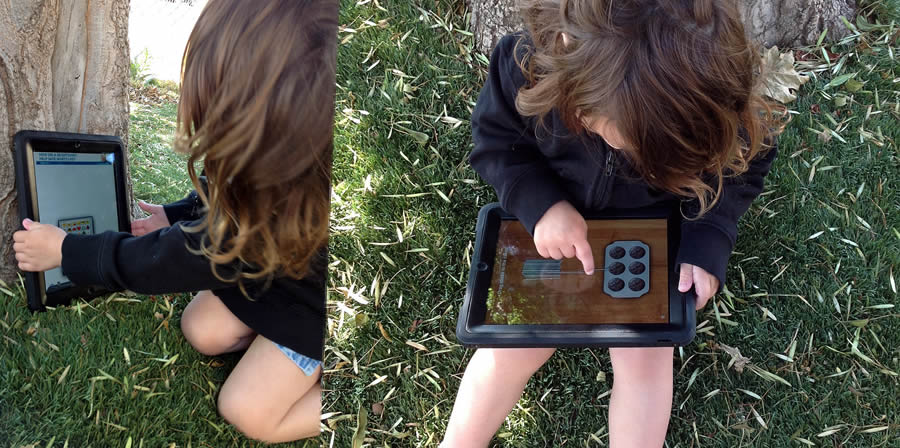In this first part of a short series on participatory design methods I write about usability tests. The tests help me prove if my solutions for important details in my artefacts work or if I have to “go back to the drawing board”.
There are an enormous amount of persons who know more then I do about the things I design. I try to meet as many of these prospective “users” as possible. They hold the key to fun, useful and usable artefacts. I put the word “users” in quotes because they deserve much more respect and admiration then what lumping them together into an abstract group gives them. At the same time I have yet to find a concise way of speaking of them that is better then the word “user”.
I use lots of methods to understand those who use the artefacts I help design. Actually meeting the “users” is very important to check if things we believe are actually true or not. Four ways of having those tight interactions are usability tests, interviews, guided exploration sessions and long-distance relationships. I’ll discuss usability tests today and write about the other three in upcoming posts. I will describe how I conduct each type of interaction and also the importance of trust in them.
Quick usability tests
Throughout projects I do usability tests of features and concepts. Most tests are five to ten minutes long and I only investigate one or two things per session. They are great for proving or disproving small theories such as “the play button for the video can be square”, “a photo with a shadow feels click-able” or “the text ’18 Sep 18:30′ is interpreted as a date and time”. I.E. in the quick usability tests I focus on the important details.
Preparations
- We decide what we want to examine and I often build one or two prototypes
- I write and print a simple test script
Setup
- A group of 7–15 participants
- A (very) big room or several smaller rooms
- Me and 2–10 of my colleagues
- Me and my colleagues are assigned to be observers or researchers. Observation has three purposes:
- take notes on what the “user” does and says during the session
- observe the researcher in order to learn how to lead test sessions in the future
- observe the researcher to give feedback on their behaviour during the session
Procedure
- Me and my colleagues meet the participants, we all greet each other and I introduce the task
- The participants are given something entertaining to do while they wait – for kids I usually bring lots of big pens and A3 papers to draw on
- One (or rarely two) participants go off with a researcher and sometimes an observer to a quiet spot in the big room or go to an adjoining room and conduct the test session. Between 2 and 5 sessions are thereby conducted simultaneously.
- Once a session is done, an other participant is “fetched” and the test session is conducted with that person.
- After all sessions are done we of cause thank the group for their participation.
Building trust
The greeting part of the test procedure is SUPER IMPORTANT. I strongly believe that participating in test sessions should be voluntary so I need to get the participants excited to participate and remove any anxiety they might have. Therefore I:
- Position myself physically on the same height/level as the participants. If they sit, I sit.
- Tell the participants my name and let them know what I work with.
- Give them a brief and simple summary of the task. For example: “We will watch a short video and I will ask a few questions.”
- Tell them that it is voluntary to participate and that everybody who want to will get to participate, but one person at a time.
- Do some sort of little “warm up” exercise such as asking all participants to tell me their name and tell me which their favourite colour is.
- Answer any questions they may have.
- I then often ask “So, who want to participate?” and hopefully get a lot of “Me!” and “I do!”.
When I ask a group to come to me, rather then me coming to them, I need to work extra hard to create rapport. For example, I do a lot of tests with groups of kids just minutes after they have had a guided tour of the kids show tv studio at SVT. One key to the success of those sessions is Hasse, the guide. Hasse is great at having fun with the kids while also informing them of how tv productions work. When the kids come to me after the tour they are therefore all bouncy and excited – a great mood for participating in my tests.
Meeting a group in their own context is often simpler. Then I “just” need to be sensitive to the rules that are at play in the location.
Tomorrow: Interviews.


